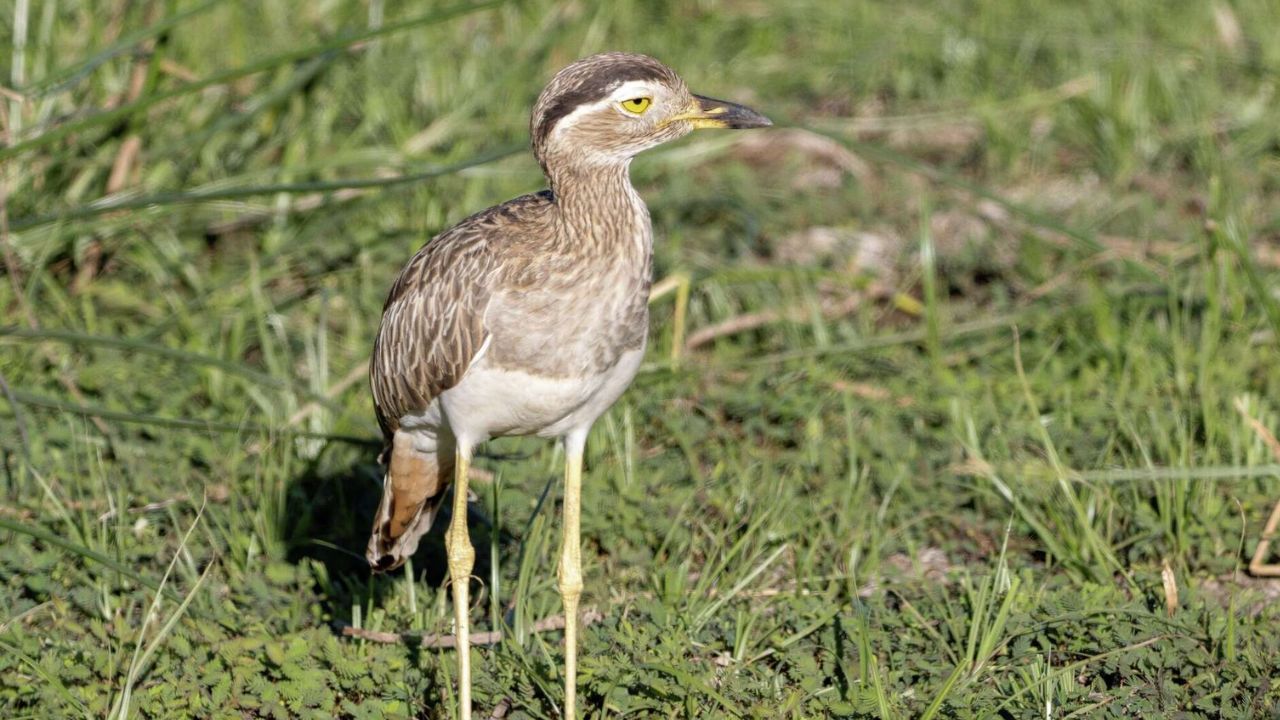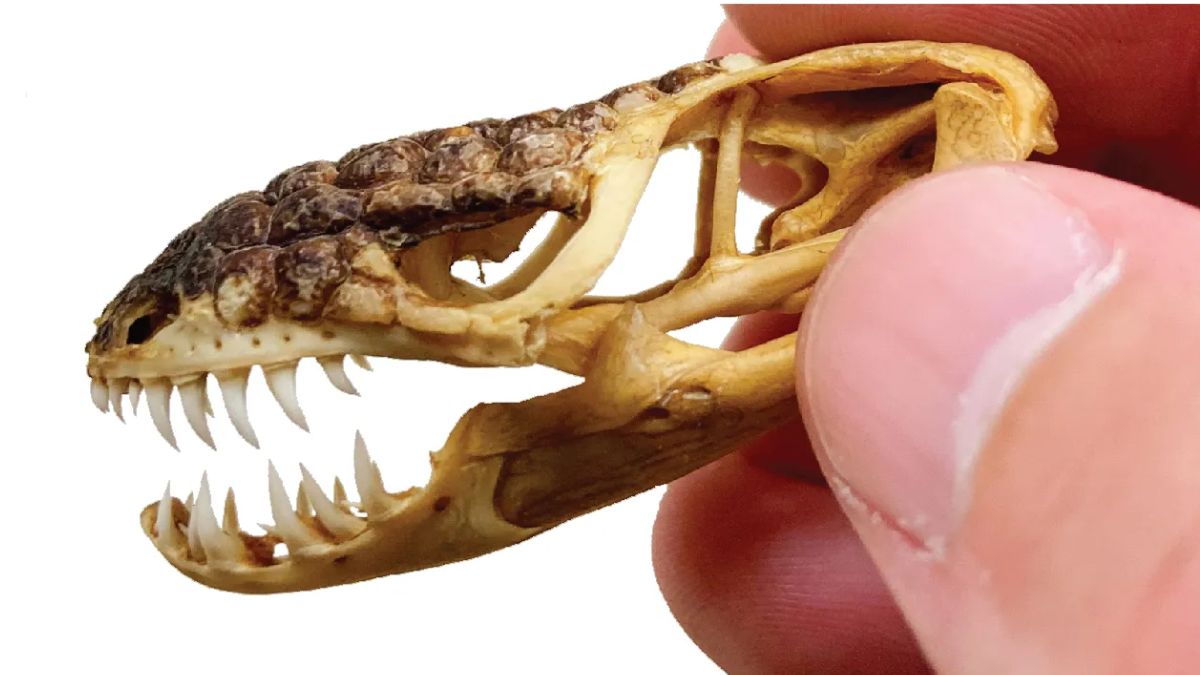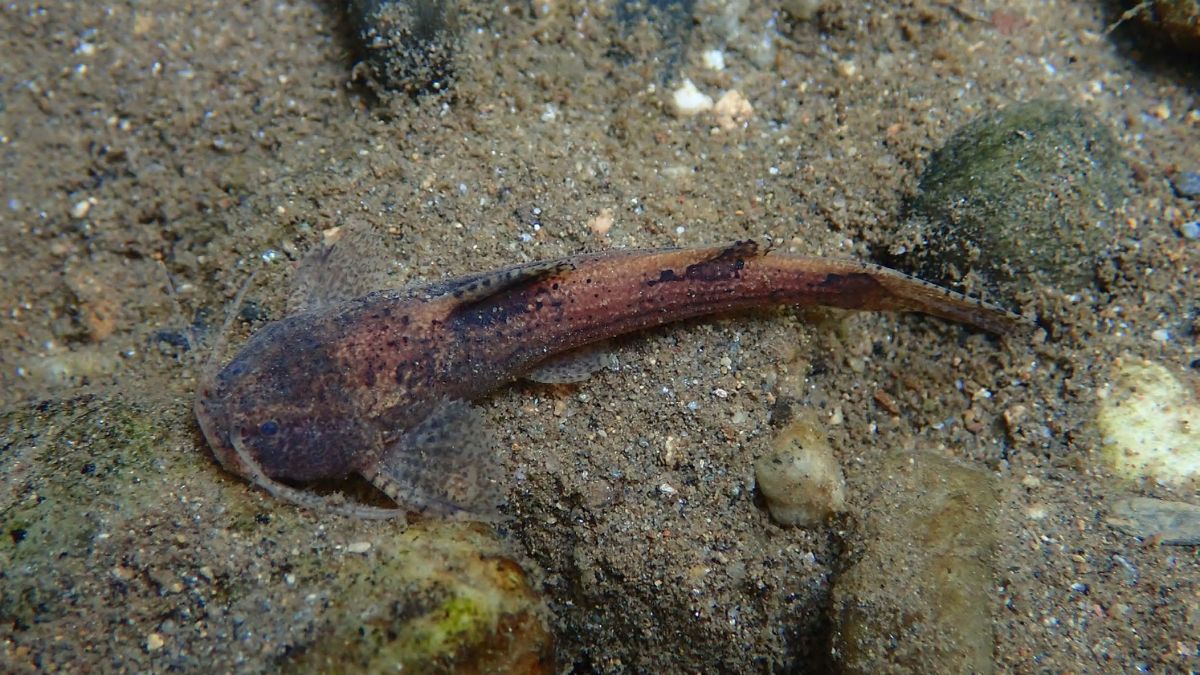Texas birders live for weekends like this. In Wilson County, near the small town of Nixon, a startlingly rare shorebird—the double-striped thick-knee—dropped in on private land and sent the state’s birding community into overdrive. The bird, native to Central and South America, hadn’t been recorded in Texas since 1961.
How the Sighting Unfolded
The story began when the landowner’s grandchildren noticed a strange-looking bird and snapped a photo. That image made its way to a local birding Facebook group, where longtime birder Ginger Coleman shared it publicly. Within hours, the message spread statewide, sparking what birders call a “twitch”—an urgent, often long-distance trip to see a rare bird.
“I was sitting at home when I saw the message and quickly got dressed and got on the road with two other local birders,” said Dania Sanchez, who drove in from Beaumont alongside friends from Port Arthur and Harlingen.
By the end of the day, more than 40 birders had converged on the Nixon property, hoping to add a once-in-a-lifetime sighting to their lists.
Meet the Double-Striped Thick-Knee
The double-striped thick-knee (Burhinus bistriatus) is an unusual shorebird—though it rarely lives near shores. Instead, it favors dry pastures, open savannas, and scrubby grasslands.
- Appearance: Tall, long-legged, with a thick bill and oversized yellow eyes that give it a slightly startled expression.
- Behavior: Mostly nocturnal; by day it rests in shady cover, often appearing half-asleep.
- Range: Southern Mexico through Central America and into northern South America.
Though widespread in its native habitat, its presence north of Mexico is extremely rare.
The Birding Frenzy
For those who arrived early, the thick-knee put on a decent show. “This one was alert, maybe a little confused, but healthy and able to vocalize and fly,” Sanchez said. Later in the day, as crowds swelled, the bird tucked itself into a mesquite thicket.
At sunset, however, it rewarded the diehards. “It flew over us to an open field where the remainder of the birders who stayed late got a treat and saw it for 20 minutes, then we all left,” Sanchez recalled.
Others weren’t as lucky—some birders drove in from across Texas and beyond, only to miss the fleeting opportunity.
For Sanchez, the trip was well worth it. The thick-knee became her 531st Texas lifer and No. 604 for the Lower 48. She ranked it among her top six Texas rarities, alongside legendary sightings such as:
| Mega Rarity | Location | Year |
|---|---|---|
| Southern lapwing | Mercedes | 1997 |
| Yellow-headed caracara | Galveston | 2022 |
| Amur stonechat | Anahuac | 2020 |
| Gray-collared becard | Brownsville | 1988 |
| Cattle tyrant | Corpus Christi | 2023 |
| Double-striped thick-knee | Nixon | 2024 |
A Historical Echo
The last—and only other—Texas record dates back more than six decades: a 1961 sighting at the King Ranch in Kleberg County. Since then, birders have only dreamed of another thick-knee showing up in the state.
A Month of Surprises
This thick-knee wasn’t the only shocker in September. Earlier this month, a snail kite—a bird usually confined to Florida wetlands—was spotted in Fort Bend County, just the sixth Texas record ever for the endangered raptor.
Together, the sightings underline what makes Texas birding so exhilarating: the state’s position at the crossroads of multiple migratory flyways means that almost anything, at any time, can appear.
FAQs:
What is a double-striped thick-knee?
It’s a tall, nocturnal shorebird native to Central and South America, rarely seen in the U.S.
Why was this sighting so significant?
It’s only the second Texas record ever, the last being in 1961.
Where was the bird found?
On private land near Nixon in Wilson County, southeast of San Antonio.




















